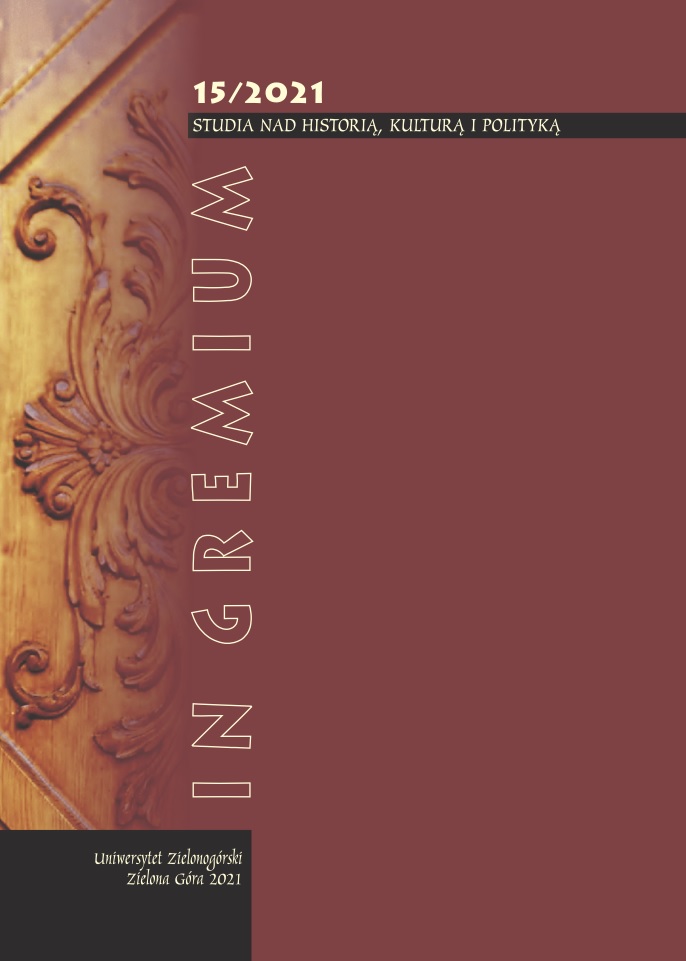Abstract
In 139 AD, under the reign of Antoninus Pius, an astronomical event of great importance for Egypt took place: the Great Cycle of the star Sothis, identified with Sirius of the constellation of the Dog, in which the star touched the same point on the horizon reached by the Sun once every 1461 years: this moment began a new era, the Sothiac cycle.
This millenary convergence, which marked a moment of great popular celebration, was an omen of prosperity and fortune for all Egypt. The Sothis-Sun alignment was commemorated by the Alexandria mint with a special issue focused on the Zodiac, datable to the year VIII of the reign of Antoninus Pius (144/5 AD) and marked by the programmatic iconographic triumph of the zodiac signs on the reverse of the coins, where the corresponding divinity is associated with the zodiac sign.
References
Censorinus, De Die Natali, 21.10.
M. T. Cicero, De Divinatione, II, 98.
Historia Augusta, Hadrianus, 16.7; Septimius Severus, 3.9.
Horapollon, Hieroglyphiká, I, 34.
Marcus Manilius, Astronomica, II, 485.
Plinius, Naturalis Historia, XVIII, 2.
Plutharcus, De Iside et Osiride, 52.
Physiologus, IX. La Fenice.
Tacitus, Annales, VI, 28, 1-6.
Cicero, De divinatione, II, 98; Plutarcus, Romulus, 12, 4; M. Manilius, Astronomica, IV, 773.
G. Suetonius Tranquillus, De vita Caesarum - Divus Augustus, 5, 1 e 94, 12.
Igino, Mitologia astrale, a cura di G. Chiarini, G. Guidorizzi, Milano 2009.
Apollodoro, Biblioteca, Milano 1995
Arato di Soli, I Fenomeni e i Pronostici, a cura di C. Mutti, M. Zoli, Torino 1984;
Eratoste, Epitome dei Catasterismi, a cura di A. Santoni, Pisa 2010
Igino, Miti del mondo classico, a cura di F. Gasti, Ariccia 2017
T. Barton, Ancient Astrology, London-New York 1994.
G. Bijovsky, Aion: A Cosmic Allegory on a Coin from Tyre?, “Israel Numismatic Research” 2007, 2, pp. 143-156.
C.W.A. Carlson, Rarities 3. The Zodiac Series, “Journal of the Society for Ancient Numismatics” 1972-1973, 4.3, pp. 46-48.
F. Ceci, 275. Aureo di Adriano. In S. Ensoli, E. La Rocca (a cura di), Aurea Roma. Dalla città pagana alla città cristiana, Roma 2000, p. 585.
F. Ceci, in Archeo, nn. 383-394, 2017.
R. Dubbini, Simboli astrali e politica imperiale. In E. Micheletto, M. Venturini (a cura di), Argenti di Marengo. Contesti e materiali, Alessandria 2017, pp. 75-79.
E.J. Dwyer, Augustus and the Capricorn, “Römische Mitteilungen” 1973, 80, pp. 57-67.
B. Eastwood, Notes on Planetary Configuration in Aberystwyth N.L. W. Ms. 735C, f 4v, “National Library of Wales Journal” 1981, pp. 129-140.
K. Emmet, Alexandrian Coins, Lodi (WI) 2001.
J. Evans, The Astrologer's Apparatus: A Picture of Professional Practice in Greco-Roman Egypt, “Journal for the History of Astronomy” 2004, 35.1, pp. 1-44.
M. Franci, Astronomia Egizia. Introduzione alle conoscenze astronomiche dell'antico Egitto, Firenze 2010.
R. Gautschy, The star Sirius in ancient Egypt and Babylonia, in http://www.gautschy.ch/~rita/archast/sirius/siriuseng.htm (2012).
G. Iafrate, M. Ramella (INAF - Osservatorio Astronomico di Trieste), Le costellazioni dello Zodiaco: http://vo-for-education.oats.inaf.it/download/es14_zodiaco.pdf
K. Kraft, Zum Capricorn auf den Münzen des Augustus, “Jahrbuch für Numismatik und Geldgeschichte” 1967, 17, pp. 17-27.
P. Leone Gatti, La dea e la Bilancia. Elementi di datazione per la Ciris pseudovirgiliana, “CentoPagine” 2008, II, pp. 28-38.
Nandini B. Pandey, Caesar’s Comet, the Julian Star, and the Invention of Augustus, “Transactions of the American Philological Association” 2013, 143, pp. 405-449D. Pedrazzini, Il destino nelle stelle. L’astrologia nel mondo classico, Rende 2016.
M. Marongiu, Acquario ovvero Ganimede. Il mito di Ganimede nelle rappresentazioni astrologiche del Rinascimento, “Fontes. Rivista di filologia, iconografia e storia della tradizione classica” 2001-2002, IV-V, 7-10, pp. 143-161.
Roman Provincial Coinage (RPC) on line, IV. Alexandria https://rpc.ashmus.ox.ac.uk/search/browse?q=Alexandria
C. Rowan, Imaging the Golden Age: the coinage of Antoninus Pius, “Papers of the British School at Rome”, 2013, 81, pp. 211-246.
A. Santoni, Antiche Stelle. Miti di gloria e di Hybris nel cielo dei Greci e dei Romani. In A. Camerotto, S. Carniel (a cura di), Hybris. I limiti dell’uomo tra acque, cieli e terre, Milano-Udine 2014, pp. 159-177.
A. Santoni, Aspetti della mitologia celeste negli Aratea di Germanico: a proposito di Engonasi, Orse, Auriga. In F. Guidetti (a cura di), Poesia delle stelle tra antichità e medioevo, Pisa 2016, pp. 203-230.
A. Sarrazin Montferrier, Dizionario delle scienze mathematiche pure ed applicate, I, p. 216, Firenze 1838, p. 216, s.v. Aniano.
B.E. Schaefer, The Heliacal Rise of Sirius and Ancient Egyptian Chronology, “Journal for the History of Astronom” 2000, 31, 2, pp. 149-155.
R. Stuart Poole, LL.D., Catalogue of Greek Coins in the British Museum - Alexandria and the Nomes, London 1892.
N. Vaneerdewegh, The Egyptian “Zodiac Coins” of Antoninus Pius and the Sothic Cycle. In F. Stroobants, Ch. Lauwers (eds.), Detur Dignissimo Studies in Honour of Johan Van Heesch, Brussel 2020, pp. 315-326.
Lorenzo Verderame, Mitologia astrale babilonese: le costellazioni dello Zodiaco, in https://www.apotelesma.it/wp-content/uploads/2018/01/Mitologia-astrale-babilonese.pdf (2018).
M.F. Williams, The Sidus Iulium, the divinity of men, and the Golden Age in Virgil's Aeneid, “Leeds International Classical Studies” 2003, 2,1, pp. 1-29.
D. Wray, Astrology in Ancient Rome: Poetry, Prophecy and Power, http://fathom.lib.uchicago.edu/1/777777122543/, Copyright 2002 the University of Chicago.

